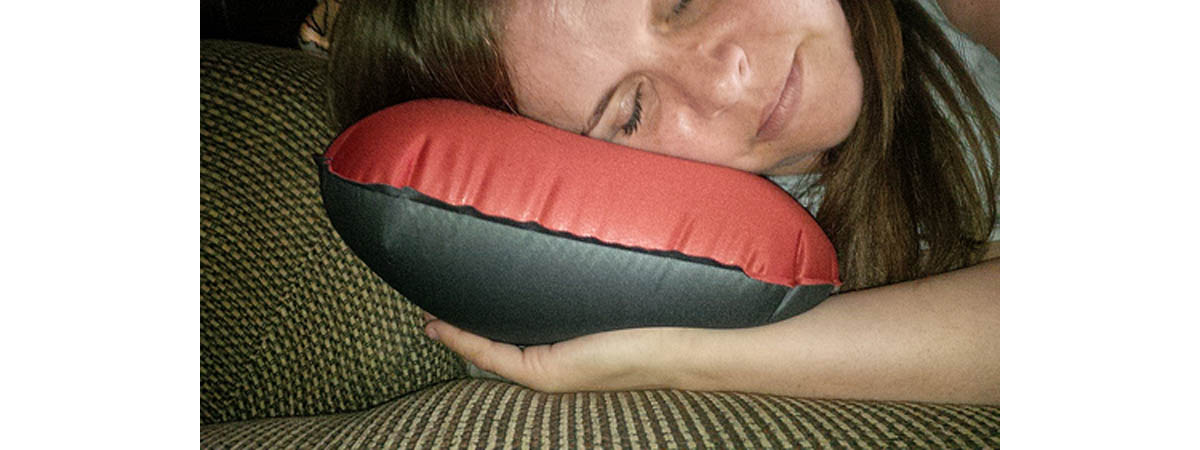Table of Contents
Once home, recovery is a moderately lengthy process. Pain is managed with both prescription and over the counter pain medications. Ice packs may be used intermittently to help reduce both pain and swelling.

The bulb must be emptied multiple times per day and reattached to the drain tube.
A home nurse may be dispatched to assist with care of the surgical site. Activity should be limited, although both active and passive exercise of the arms is encouraged to prevent loss of range of motion. In some cases, physical therapy is recommended to rebuild strength and recover range of motion.
Oophorectomy
The decision to undergo a prophylactic oophorectomy, or removal of one or both ovaries, is not as well-discussed as prophylactic mastectomy. In Jolie's case, her mother died of ovarian cancer. Her familial history and positive genetic mutation means that Jolie has a 50% chance of developing ovarian cancer without preventive treatment.
It is considered the most effective way to prevent the development of ovarian cancer in women who are at high risk. It also has been shown effective in decreasing the risk of breast cancer by decreasing the amount of estrogen in the body.
Oophorectomies are not as traumatic as mastectomies. The procedure itself does not require an overnight stay. Small incisions are made in the patient's abdomen and the ovaries and fallopian tubes are removed using a small scope. The patient is kept for observation during the day, then sent home with moderate pain medication.
Long-term, however, oophorectomy is life-changing. The removal of the ovaries means that the patient no longer has the ability to conceive and become pregnant and may quickly lead to early menopause. Because of this, the best candidates for the surgery are women 35 years of age or older who have completed their families, although each woman must decide with her doctor whether the benefits outweigh the risks.
The choice to undergo preventive surgery is a complex decision that should be made by the patient, with support from her doctor. For women with a strong familial history of breast and/or ovarian cancer, genetic testing can offer peace of mind or confirmation for the need of a more drastic course of action. The patient and doctor should work together closely to weigh the risk and benefits of each choice, to ensure that coverage criteria is met in order to minimize costs, and to make certain that the patient will have the physical, mental, and emotional support needed to recover from the procedures.
- Photo courtesy of Foreign and Commonwealth Office by Flickr : www.flickr.com/photos/foreignoffice/7296746010/
- Photo courtesy of M Car by Flickr : www.flickr.com/photos/23022269@N06/9344458019/
- www.myriad.com/products/bracanalysis/
- www.bracnow.com/
- www.theguardian.com/commentisfree/2013/may/17/angelina-jolie-ovaries-not-removed
- articles.latimes.com/2013/may/15/entertainment/la-et-mg-angelina-jolie-ovaries-removed-double-mastectomy-20130515
- msmagazine.com/blog/2013/05/17/angelina-jolies-ovaries/
- ww5.komen.org/BreastCancer/PreventiveSurgery.html
- www.bcbst.com/learn/treatment-options/prophylactic-mastectomy.shtm
- www.pabreastcancer.org/find-help/patient-resources/commonwealth-programs/
- www.bcbst.com/learn/treatment-options/prophylactic-oophorectomy.shtm
- www.aetna.com/cpb/medical/data/200_299/0227.html


Your thoughts on this